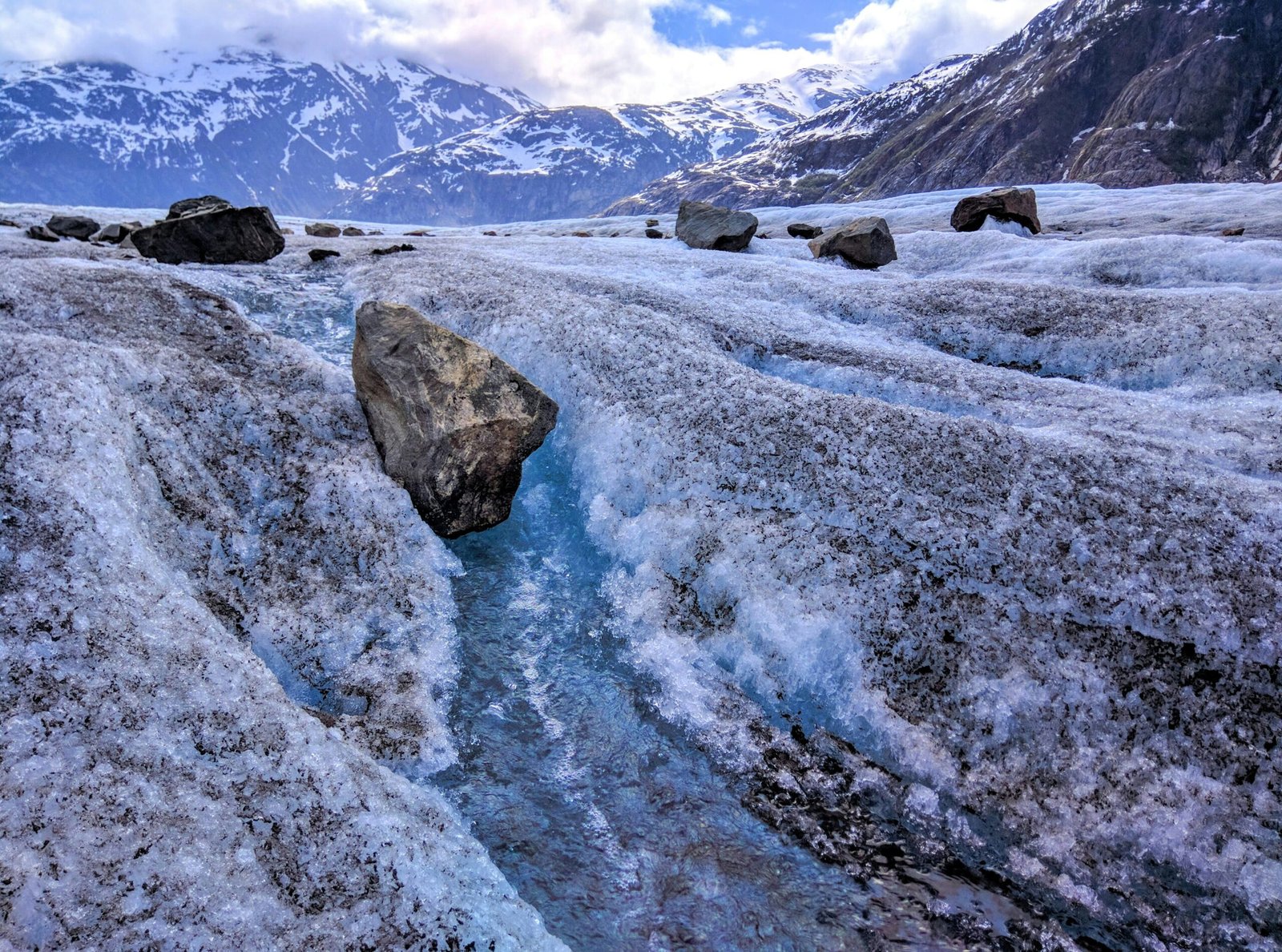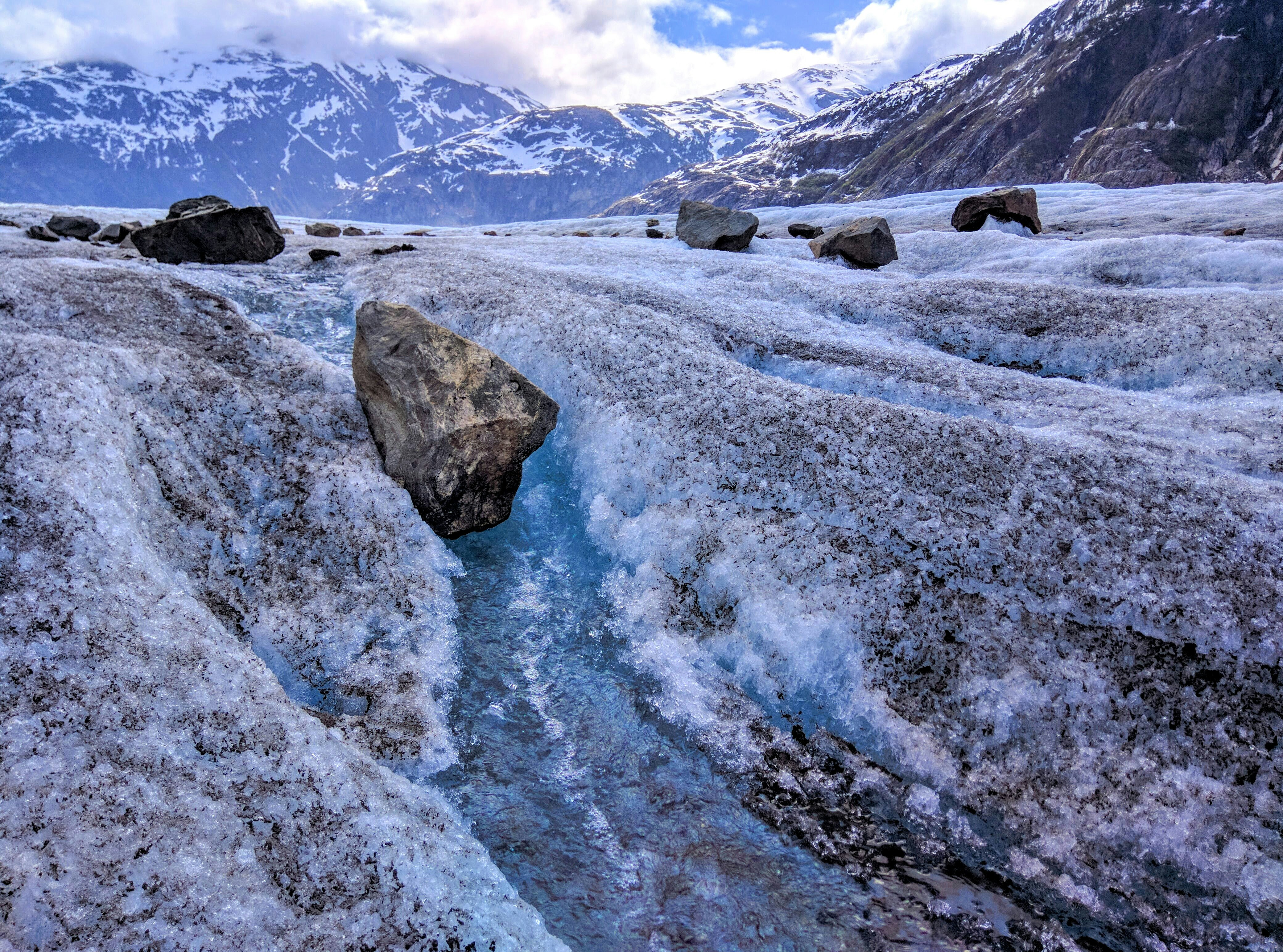Have you ever wondered why people choose to submerge themselves in cold water, despite the chill that bites at your skin? Cold plunge therapy, sometimes known as cold water immersion (CWI), is not just a trend; it’s an ancient practice rooted in science and health benefits. Imagine immersing yourself in icy waters and emerging invigorated, with a sense of clarity and refreshment. How does this happen, and why does it have such a profound effect on your body and mind? Let’s explore this fascinating practice.
Understanding Cold Plunge Therapy
What Is Cold Plunge Therapy?
Cold plunge therapy involves immersing your body in icy or cold water for a short period. Usually, the water temperature ranges from 50°F to 59°F (10°C to 15°C), but it can be even colder depending on your tolerance and experience. This practice can be traced back to ancient civilizations where cold baths were a routine part of daily life.
Origins and History
Historically, cold water immersion has been used around the world. From ancient Roman baths to the Finnish tradition of sauna followed by a dip in icy waters, cultures have recognized its benefits for centuries. The practice was believed to purify the body, boost vitality, and cleanse the spirit.
The Science Behind Cold Plunge Therapy
Physiological Response to Cold Water
When you enter cold water, your body undergoes various physiological changes. The sudden exposure to cold triggers a number of responses aimed at preserving your core temperature. Blood vessels near the surface of your skin constrict, redirecting blood flow to vital organs to keep them warm. This process is known as vasoconstriction.
Table: Physiological Responses to Cold Water
| Response | Description |
|---|---|
| Vasoconstriction | Narrowing of blood vessels to redirect blood flow from the skin to internal organs. |
| Increased Heart Rate | As your body works to maintain warmth, your heart rate increases to pump blood more efficiently. |
| Release of Endorphins | Cold water exposure triggers the release of endorphins, often referred to as “feel-good” hormones. |
| Activation of Brown Fat | Cold exposure activates brown fat, which generates heat by burning calories, contributing to increased metabolism. |
Mental and Emotional Benefits
While the physical reactions are immediate, there are also significant mental and emotional benefits. Many people report feeling a sense of alertness and increased clarity after a cold plunge. This is partly due to the endorphins and the stimulation of the sympathetic nervous system, which prepares your body for action.
Inflammation and Muscle Recovery
Cold plunge therapy is particularly popular among athletes. You might recognize its use in sports for aiding muscle recovery and reducing inflammation. When you immerse in cold water after exercise, the vasoconstriction helps decrease swelling and removes waste products accumulated during physical exertion.
Health Benefits of Cold Plunge Therapy
Boosting Immunity
Repeated exposure to cold stimuli can potentially strengthen your immune system. Studies have suggested that regular cold exposure increases the production of norepinephrine, a hormone that plays a role in improving mood and immune function. Thus, those regular cold plunges could contribute to a more resilient immune response.
Enhancing Mental Health
Struggling with stress or anxiety? Cold water immersion might help. The shock of cold water stimulates the production of neurotransmitters like norepinephrine and dopamine, which can enhance your mood and reduce stress. This natural boost can lead to a more balanced emotional state.
Aiding Sleep
Did you know that taking the plunge could improve your sleep? The post-immersion drop in body temperature might signal your body to prepare for rest, leading to deeper, more restorative sleep. Regular practice might also help regulate your circadian rhythm, supporting more consistent sleep patterns.
Metabolism and Weight Loss
Cold plunge therapy can also have an impact on your metabolism. As your body works to maintain its core temperature, it burns more calories. Over time, this can lead to an increase in your basal metabolic rate, potentially contributing to weight management.
How to Safely Practice Cold Plunge Therapy
Preparing for Your First Cold Plunge
Before you take the leap, it’s important to prepare yourself mentally and physically. Start by acclimating your body with cold showers, gradually decreasing the temperature over time.
Step-by-Step Guide
- Find a Safe Location: A dedicated cold plunge pool, a natural body of water, or even a bathtub with ice can work.
- Set a Time Limit: Start with a brief immersion, around one to two minutes, and gradually increase as you become more accustomed.
- Breathe Deeply: Focus on your breathing. Deep, controlled breaths can help you manage the initial shock and allow your body to relax.
- Listen to Your Body: Pay attention to how your body feels. If you experience discomfort, numbness, or dizziness, it’s time to exit the water.
Safety Tips and Precautions
Cold water immersion isn’t suitable for everyone. Avoid this practice if you have cardiovascular conditions or any health concerns that might be exacerbated by cold exposure. It’s always advisable to consult with a healthcare professional before starting any new health regimen.
Integrating Cold Plunge Therapy Into Your Routine
Creating a Habit
The key to reaping the long-term benefits of cold plunge therapy is consistency. Treat it as part of your wellness routine. Choose a time of day that works best for you — many people find a morning plunge invigorating, while others prefer an evening session to wind down.
Complementing Other Wellness Practices
You might find that cold plunge therapy enhances your overall wellness routine. Pair it with yoga, meditation, or breathwork for a holistic approach to health. The heightened sense of presence experienced during a cold plunge often translates well into these practices.
Exploring the Community and Future Research
Connecting with Enthusiasts
There is a growing community of cold plunge enthusiasts who share tips, experiences, and support. Engaging with this community can provide encouragement and keep you motivated as you develop your practice.
Scientific Developments and Future Research
While there is a wealth of anecdotal evidence supporting the benefits of cold plunge therapy, research is ongoing. Future studies aim to further understand the precise biological mechanisms at play and to validate the various claimed benefits.

Conclusion
In the rhythmic dance between the chill of water and the warmth of your body, cold plunge therapy offers more than meets the eye. It’s a holistic practice, balancing physical health with mental resilience. As you consider adding this therapeutic practice to your health routine, remember to prioritize safety and listen to your body. Who knows? This age-old tradition might just be the refreshment and revitalization you’ve been seeking.




